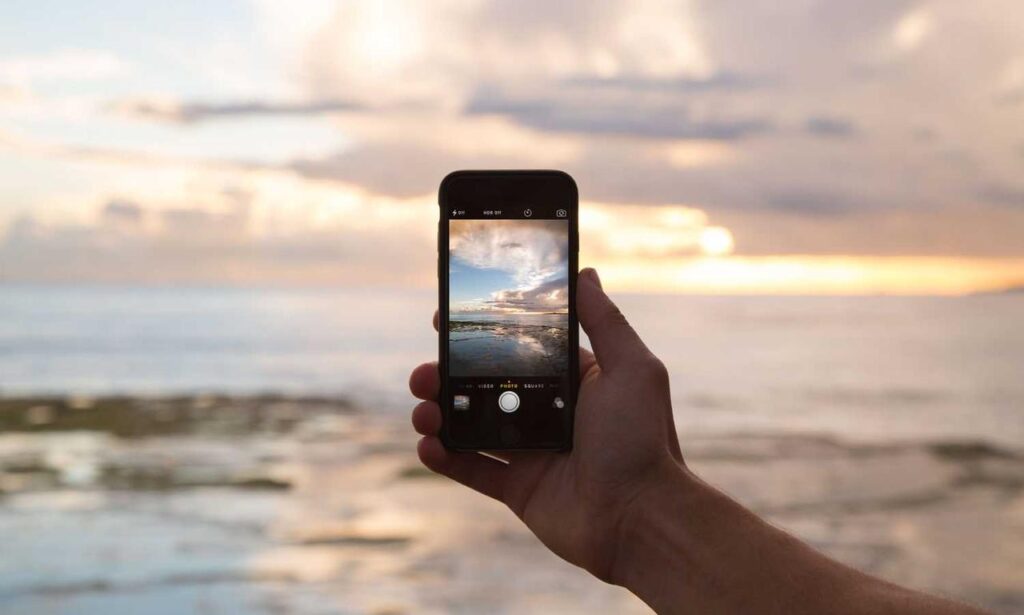Where Is the Safukip Sea?
Geography first. The Safukip Sea isn’t tracked by most mainstream atlases. It’s a small, somewhat isolated body of water situated in a lesserknown archipelago territory, surrounded by volcanic ridges and cold currents. That unique environment makes it a hotbed for evolutionary outliers.
Scientists only began remotely surveying the region about a decade ago via submersible drones. It’s not as deep as the Mariana Trench, but its terrain is drastically uneven—seamounts, hydrothermal vents, shuttered reef systems. This patchwork ecosystem likely spurred the isolated adaptations seen in the local marine species.
The Standout Species
It’s one thing to say you’re dealing with strange sea creatures—it’s another to really see them. Here’s a mix of strange residents that highlight the phrase weird animals in the safukip sea.
1. Glassfin Cutterfish
Looks like it’s made of frosted glass. Its skin is nearly translucent, except for faint electrical nodes that glow during specific predator encounters. It doesn’t swim so much as lurches forward in abrupt surges, riding microcurrents it senses through its lateral line system.
2. SpineTube Angler
Picture a sea urchin merged with a jellyfish. The SpineTube Angler dangles venomous tentacles not from its base but from extended barbed tubes coming out of its back. The creature lies flat on rock beds and waits, almost like a literal aquatic trap.
3. Vapor Skater
This one’s about as strange as it gets. It doesn’t swim; it hovers just above the seafloor using constant micropulses of expelled water. It uses water tension and even slight temperature gradients to balance. Think jet propulsion—if you removed the jets and scaled it down to the size of a large paperclip.
4. Rotjaw Mumbler
It’s got two disjointed jaw plates that rotate independently. Somehow, it chews in spirals, which cracks open hardshelled prey. If you ever wondered what evolution would cook up if dental nightmares were helpful, this is it.
5. Blue Ink Darter
Tiny, skittish, about fingerlength—but deadly precise. When threatened, it ejects clouds of opaque blue ink, but here’s the twist: the ink contains a bittertasting enzyme that deters predators longer than typical cephalopod ink. It’s like a getaway car with a builtin oil slick.
Clearly, weird animals in the safukip sea have rewritten a few rules on form and function.
Why So Strange?
Call it the isolation equation. When ecosystems are cut off, especially for thousands of years, creatures do their own thing. In the Safukip Sea, low temperatures, minimal light, and sparse nutrient flows forced species to get highly efficient or die off.
Also, without large predatory fish that dominate open waters, the food web here favors ambush predators, camouflagers, and biochemical proteges. You’re not fast? Better be sneaky or shocking.
It’s reminiscent of what we saw in Madagascar with land species—except here, there’s pressure from cold, pressure from actual water pressure, and pressure from limited food sources.
Tech That Makes This Possible
Until recently, no one knew how bizarre this place was because no one could see it. Advances in autonomous underwater drones changed that game. New models are small enough to squeeze into caves, equipped with highres imaging, multispectrum lighting and chemical analyzers.
Also, we now use acoustic cameras. These devices allow scientists to “see” using sound waves in pitchblack environments where light equipment fails. That’s how we tracked the Rotjaw Mumbler—that, and the remains of decimated shellfish.
Conservation Thoughts (Yeah, Already)
Weird doesn’t mean protected. The minute these species started making waves on niche scientist forums, whispers of exotic pet trade and biosample farming began to circulate. There are rumors certain bio labs are interested in the ink of Blue Ink Darters for pharmaceutical research. That’s how exploitation starts.
The problem? The ecosystem’s balance is razorthin. It’s not robust. One removed piece and things crash. We’re still early in understanding it, but anyone who’s studied closed ecosystems knows this: intervene carelessly, and you don’t get a backup attempt.
Several marine organizations have called for the Safukip Sea to be designated a nosample, noextract zone until more longterm studies are done. Better to slow down the race and understand what we’ve found than rush in and ruin it.
The Bottom Line
You won’t find these creatures in any aquarium, and that’s a good thing. Nature didn’t design them to be seen by tourists. They’re functional oddities, testaments to how mindbending evolution can get when left to its own devices in a forgotten sea.
Exploring weird animals in the safukip sea isn’t just about weird trivia or viral photos. It’s a wakeup call: there are still untapped frontiers, and they don’t always sit in outer space—they’re lurking just beneath ocean ridges, waiting to confuse us in the best ways possible.
